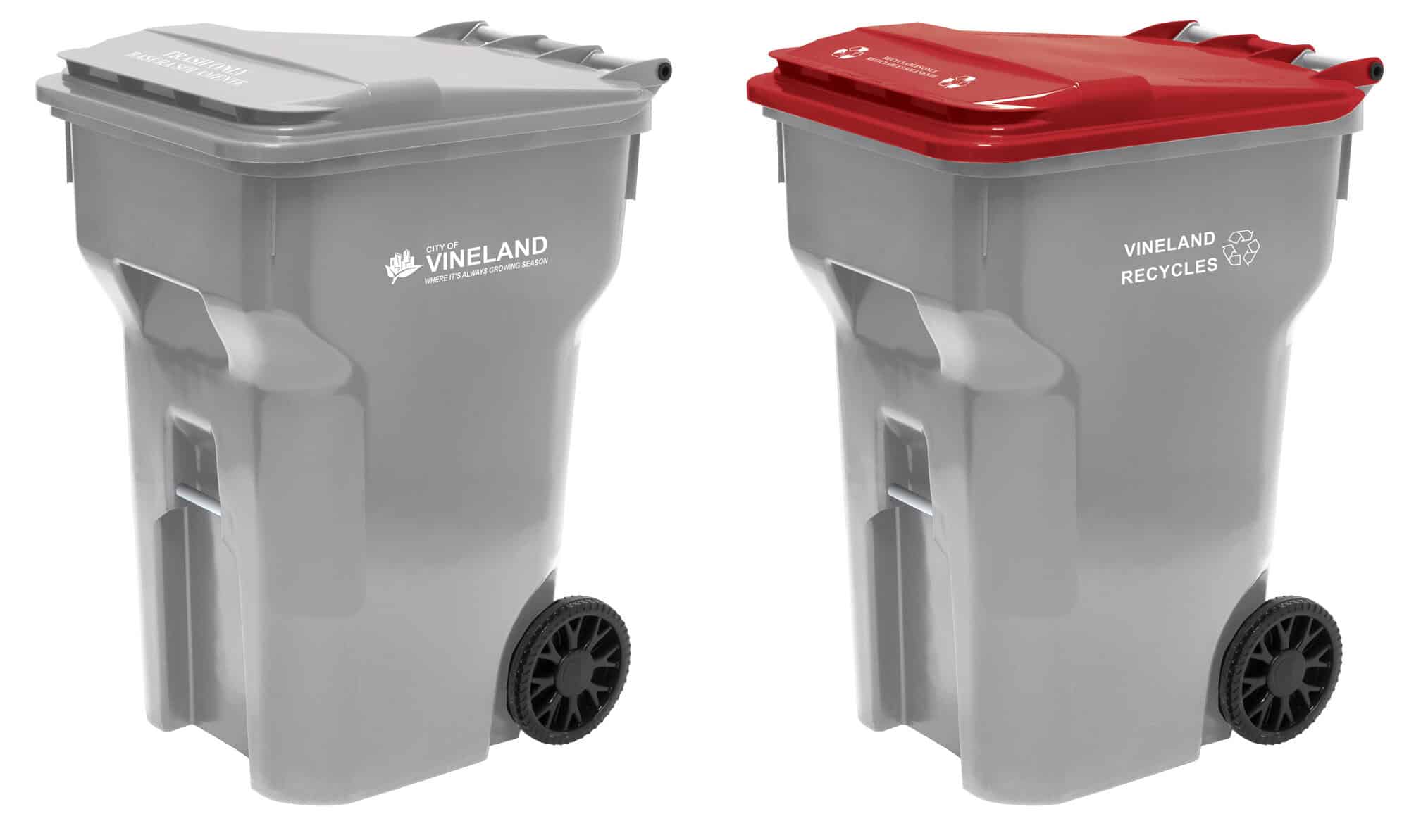 If you have time on your hands and want to do something informative, check out the website tracktherecovery.org. Created by Harvard-based “Opportunity Insights” led by economists and scholars including Raj Chetty, John N. Friedman, Nathaniel Hendren, Michael Stepner, this website uses credit card and payroll data to track the economic impacts of COVID-19 on people, businesses, and communities nationwide in real time.
If you have time on your hands and want to do something informative, check out the website tracktherecovery.org. Created by Harvard-based “Opportunity Insights” led by economists and scholars including Raj Chetty, John N. Friedman, Nathaniel Hendren, Michael Stepner, this website uses credit card and payroll data to track the economic impacts of COVID-19 on people, businesses, and communities nationwide in real time.
Employment rates have come back somewhat to where they were pre-pandemic for high-wage workers but remain stubbornly low for those at the bottom of the economic ladder. For those earning more than $60k per year, employment rates are off a mere 0.5 percent as of the end of June. But for those earning $27k per year or less, those we call “essential,” employment rates are down 16 percent from their pre-pandemic levels.
Researchers found that in the high-income zip codes, spending by the wealthy was down significantly, especially services that involved engaging with people in brick and mortar establishments. Businesses in the country’s most affluent neighborhoods lost more than 70 percent of their revenue. The result was that some 70 percent of low-wage earners working in the highest rent zip codes lost their jobs compared with 30 percent in the lowest rent zip codes.
New Jersey employment rates overall decreased by 8.3 percent compared to the beginning of the year pre-pandemic. As of the end of June, the employment rate among those making less than $27k per year decreased 16.3 percent. When you consider that restaurant and hotel spending by all consumers decreased by 28.7 percent compared to the start of the year, it’s no wonder that employment rates among lower wage earners who work in these establishments decreased as much as they have. In comparison, for workers earning between $27k and $60k a year, employment rates decreased 7.7 percent and for those earning $60k or above, employment rates decreased just 2.2 percent.
On the spending side, as of the end of July, total spending by all consumers in the state decreased 7.3 percent from where it was in January. However, for those earning less than $27k, spending decreased a mere 0.5 percent from pre-pandemic levels. This makes sense to me. For those at the bottom, life is about surviving and that necessitates spending what you earn just to get by. In contrast, for earners in the middle ($27k to $60k), spending decreased 5.2 percent from January levels and for those on the higher end of the scale (above $60k), spending decreased 9.2 percent.
In terms of industries, the category to take the biggest hit in New Jersey is transportation, which decreased some 50.5 percent since January. There’s nowhere to go and nothing to see and we know that because the next biggest decrease can be found in the entertainment/recreation category, down 42.7 percent from January. The category of “general merchandise” was off a slight 0.6 percent from January and grocery buying decreased 11.3 percent over the first six months of the year.
After crunching the numbers, key takeaways offered by the researchers include the thought that stimulus payments to households and Paycheck Protection Program loans to small businesses have not led to the type of rebound hoped for among the businesses that lost the most revenue. Because of that, these programs have had a limited impact on employment rates for the low-income workers who staff these businesses.
Conversely, extending targeted assistance to low-income workers impacted by the economic decline through such measures as unemployment benefits is a critical part of reducing hardship for many households and a big part of mitigating the disparities made deeper during this pandemic.
Their biggest takeaway: The only real way to recovery is to invest in public health initiatives that will restore people’s confidence to the point where they are back to spending and consuming as they were before the pandemic.
While some claim that increased unemployment benefits are a disincentive to work, my thought is that they kept the most vulnerable from utter ruin and desperation. Those talking about disincentives are the ones with options. The disparities we see were not caused by the pandemic, they were just made more obvious—something we ignore at our peril.

Tracking the Recovery
Employment rates have come back somewhat to where they were pre-pandemic for high-wage workers but remain stubbornly low for those at the bottom of the economic ladder. For those earning more than $60k per year, employment rates are off a mere 0.5 percent as of the end of June. But for those earning $27k per year or less, those we call “essential,” employment rates are down 16 percent from their pre-pandemic levels.
Researchers found that in the high-income zip codes, spending by the wealthy was down significantly, especially services that involved engaging with people in brick and mortar establishments. Businesses in the country’s most affluent neighborhoods lost more than 70 percent of their revenue. The result was that some 70 percent of low-wage earners working in the highest rent zip codes lost their jobs compared with 30 percent in the lowest rent zip codes.
New Jersey employment rates overall decreased by 8.3 percent compared to the beginning of the year pre-pandemic. As of the end of June, the employment rate among those making less than $27k per year decreased 16.3 percent. When you consider that restaurant and hotel spending by all consumers decreased by 28.7 percent compared to the start of the year, it’s no wonder that employment rates among lower wage earners who work in these establishments decreased as much as they have. In comparison, for workers earning between $27k and $60k a year, employment rates decreased 7.7 percent and for those earning $60k or above, employment rates decreased just 2.2 percent.
On the spending side, as of the end of July, total spending by all consumers in the state decreased 7.3 percent from where it was in January. However, for those earning less than $27k, spending decreased a mere 0.5 percent from pre-pandemic levels. This makes sense to me. For those at the bottom, life is about surviving and that necessitates spending what you earn just to get by. In contrast, for earners in the middle ($27k to $60k), spending decreased 5.2 percent from January levels and for those on the higher end of the scale (above $60k), spending decreased 9.2 percent.
In terms of industries, the category to take the biggest hit in New Jersey is transportation, which decreased some 50.5 percent since January. There’s nowhere to go and nothing to see and we know that because the next biggest decrease can be found in the entertainment/recreation category, down 42.7 percent from January. The category of “general merchandise” was off a slight 0.6 percent from January and grocery buying decreased 11.3 percent over the first six months of the year.
After crunching the numbers, key takeaways offered by the researchers include the thought that stimulus payments to households and Paycheck Protection Program loans to small businesses have not led to the type of rebound hoped for among the businesses that lost the most revenue. Because of that, these programs have had a limited impact on employment rates for the low-income workers who staff these businesses.
Conversely, extending targeted assistance to low-income workers impacted by the economic decline through such measures as unemployment benefits is a critical part of reducing hardship for many households and a big part of mitigating the disparities made deeper during this pandemic.
Their biggest takeaway: The only real way to recovery is to invest in public health initiatives that will restore people’s confidence to the point where they are back to spending and consuming as they were before the pandemic.
While some claim that increased unemployment benefits are a disincentive to work, my thought is that they kept the most vulnerable from utter ruin and desperation. Those talking about disincentives are the ones with options. The disparities we see were not caused by the pandemic, they were just made more obvious—something we ignore at our peril.
Related Posts
Vineland Trash and Recycling Collection Fee to Increase in 2026
New Jersey Motorsports Park Unveils Full 2026 Event Schedule
Yankees Eye Michael King Reunion as Insider Says ‘There’s Real Interest’
Vineland Music Teacher and Deaf Dog Receive PETA Award
Newsletter
Be the first to know about our newest content, events, and announcements.
Mayoral Musings
Rotary Visits Spring Oak
Gloucester County Law Enforcement to Participate in Statewide “Drive Sober or Get Pulled Over” Initiative
Pio Honors Her Father, All Veterans